In the vast, frozen expanses of Earth's polar regions, a silent and profound drama is unfolding. As global temperatures rise at an alarming rate, the delicate ecosystems of the Arctic and Antarctic are experiencing changes more rapid than anywhere else on the planet. For the species that call these icy realms home, the relentless march of climate change is not a future threat but a present reality, forcing them to adapt their behaviors in real-time to survive. This is a story of resilience and rapid response, a testament to life's tenacity in the face of unprecedented environmental shifts.
The polar bear, an iconic symbol of the Arctic, provides a stark and sobering example. These majestic predators have evolved over millennia to become masters of the sea ice, relying on it as a platform for hunting their primary prey, seals. They patiently wait by breathing holes or stalk seals resting on the ice. However, with the Arctic warming at nearly four times the global average rate, the sea ice is forming later in the fall and breaking up earlier in the spring. The platform upon which their entire hunting strategy depends is literally melting beneath their feet.
Confronted with a dramatically shortened hunting season, polar bears are exhibiting significant behavioral plasticity. Biologists observing populations in regions like Hudson Bay and the Beaufort Sea have documented bears spending more time fasting on land during the extended ice-free periods. Their incredible capacity for energy conservation is being pushed to its limits. More strikingly, some bears are altering their diets in a desperate search for calories. There are increased reports of polar bears scavenging on whale carcasses left by indigenous hunters, raiding goose and seabird nests for eggs and chicks, and even venturing closer to human settlements in search of food, leading to a rise in human-wildlife conflicts. This dietary shift, while a testament to their adaptability, is often nutritionally inadequate. The low fat content of these terrestrial foods compared to their lipid-rich marine prey means bears are expending more energy to acquire less nutrition, ultimately leading to poorer body condition and lower reproductive rates.
Beneath the waves, another Arctic giant is adjusting its life rhythm. The narwhal, the unicorn of the sea famed for its spiraled tusk, is intimately tied to the specific conditions of its frigid habitat. They follow precise migratory routes, moving from offshore wintering grounds to coastal summering fjords, routes that have been honed over generations and are deeply ingrained in their behavior. The rapid loss of sea ice is disrupting these ancient patterns. The timing of the ice breakup, which signals their migration, is becoming increasingly unpredictable.
Researchers tracking narwhals via satellite tags have discovered that some populations are now delaying their autumn migration from the coastal areas back to the deep offshore waters. It appears they are capitalizing on the longer ice-free conditions to continue foraging. However, this new strategy carries immense risk. A sudden shift in weather—a strong wind or a rapid drop in temperature—can cause the ice to reform quickly, potentially trapping the whales in small, isolated open-water patches where they risk starvation or suffocation. This behavioral adaptation is a high-stakes gamble, balancing extended feeding opportunities against the peril of entrapment.
The story of adaptation is not confined to the North Pole. In the Antarctic, the emperor penguin, arguably the hardiest of all birds, faces a similar crisis of habitat loss. These penguins breed exclusively on stable, land-fast sea ice during the brutal Antarctic winter. The chicks hatch in July and require a stable platform until they fledge in December, safe from predators in the water below. The warming climate, however, is causing this critical nursery ice to break up prematurely before the chicks have developed their waterproof feathers.
Observations from colonies around the Antarctic Peninsula, the continent's fastest-warming region, reveal a heartbreaking consequence. In years where the ice disintegrates too early, entire cohorts of chicks are lost, drowning or succumbing to the cold. In response to this existential threat, some colonies are showing signs of behavioral change. There is evidence that penguins are attempting to adjust their breeding chronology, laying eggs slightly earlier to give their chicks a better chance of fledging before the ice melts. Furthermore, as traditional sites become untenable, there are documented instances of emperor penguins relocating their colonies to more stable ice shelves or areas with more reliable conditions. This represents a monumental shift for a creature famed for its unwavering fidelity to its breeding sites, a clear indicator of the severe pressure they are under.
Beyond these charismatic megafauna, the behavioral shifts cascade through the entire polar food web. Arctic foxes, which often trail polar bears to scavenge their kills, must now range farther afield as the bears become less successful hunters. Lemmings and voles, small mammals whose populations cycle dramatically, are experiencing changes in snowpack quality. The deeper, softer snow that insulates them from cold is being replaced by harder, icier layers due to more frequent freeze-thaw cycles, impacting their ability to create insulated subnivean tunnels and find food. This, in turn, affects the foraging success of predators like snowy owls and Arctic foxes that depend on them.
In the marine environment, the base of the food chain is also in flux. The loss of sea ice reduces the habitat for ice-algae, a crucial primary producer that blooms on the underside of the ice and fuels the entire Arctic marine ecosystem in the spring. As this foundational food source diminishes, zooplankton and other grazers must alter their feeding locations and timing, which ripples upward to affect the fish, seabirds, and whales that prey on them. The intricate synchrony of life events—the bloom of algae, the migration of zooplankton, the arrival of feeding whales—is being desynchronized, forcing every species to recalibrate its behavior.
These behavioral adaptations are a powerful immediate response, a display of remarkable resilience written in the daily actions of survival. However, they are not a panacea. For many species, these changes are emergency measures, not long-term solutions. A polar bear can eat goose eggs, but it cannot thrive on them. An emperor penguin can move its colony, but only if suitable stable ice exists within reach. There is a very real and rapidly approaching threshold beyond which behavioral plasticity will be insufficient to counter the sheer pace and scale of habitat transformation.
The rapidly warming polar regions serve as a critical bellwether for the entire planet. The behavioral responses we are witnessing are a real-time experiment in evolution and survival. They underscore a desperate race against time, where the rules of life are being rewritten not over centuries, but within a single generation. Continued and enhanced monitoring of these behavioral changes is paramount, providing invaluable data to refine climate models and predict future ecosystem states. Ultimately, the fate of these polar species hinges on a far more significant behavioral adaptation: that of humanity. Our global response to the climate crisis will determine whether the awe-inspiring biodiversity of the poles persists as a functioning ecosystem or becomes a catalog of loss, a poignant reminder of a world transformed too quickly for even the most adaptable creatures to keep pace.

By /Aug 21, 2025
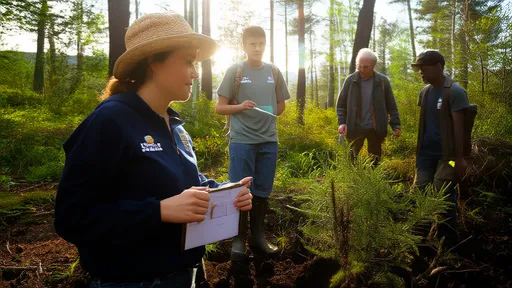
By /Aug 21, 2025

By /Aug 21, 2025
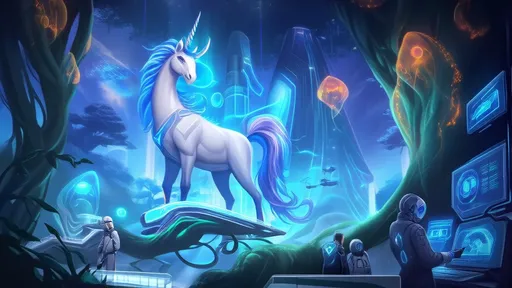
By /Aug 21, 2025

By /Aug 21, 2025
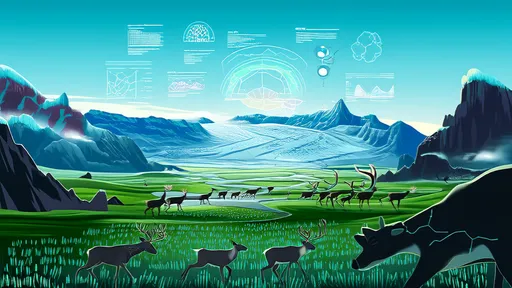
By /Aug 21, 2025
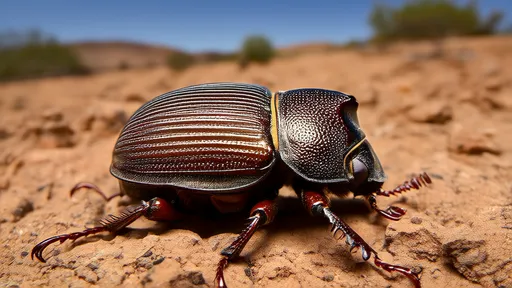
By /Aug 21, 2025
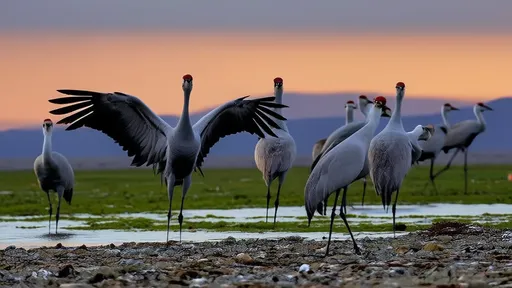
By /Aug 21, 2025
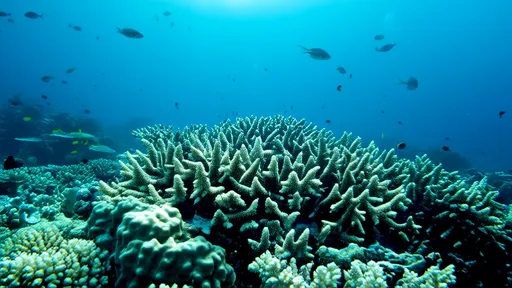
By /Aug 21, 2025
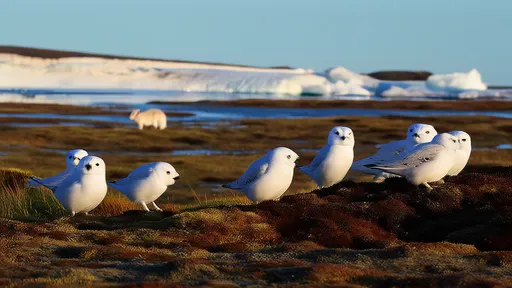
By /Aug 21, 2025
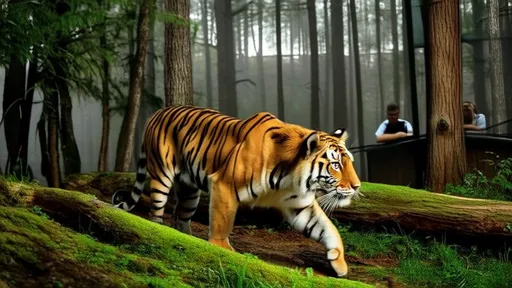
By /Aug 21, 2025

By /Aug 21, 2025
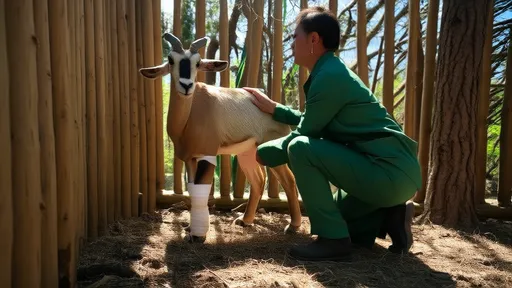
By /Aug 21, 2025

By /Aug 21, 2025
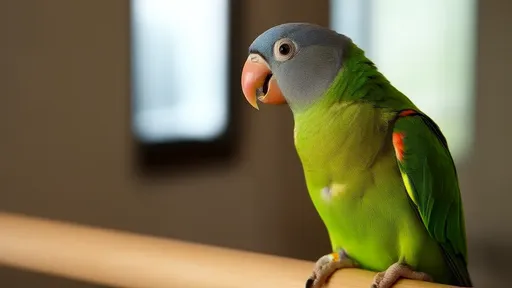
By /Aug 21, 2025
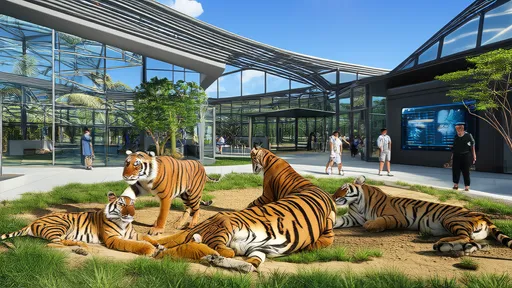
By /Aug 21, 2025
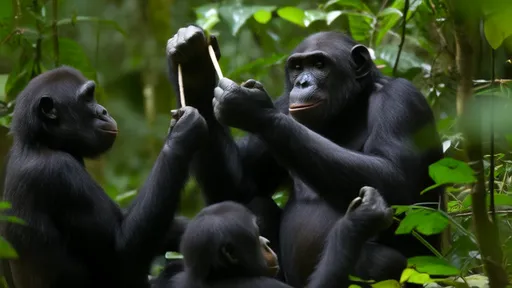
By /Aug 21, 2025
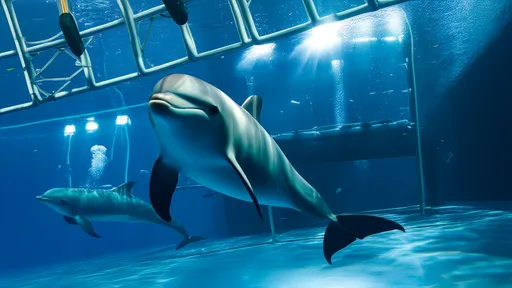
By /Aug 21, 2025
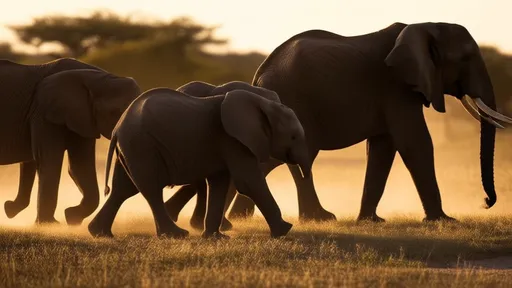
By /Aug 21, 2025
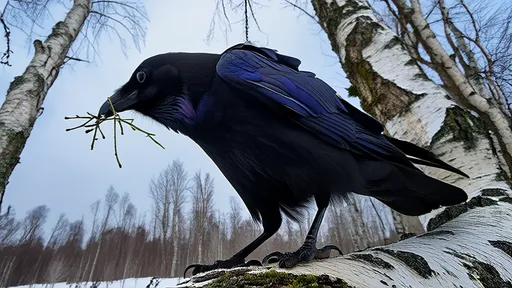
By /Aug 21, 2025